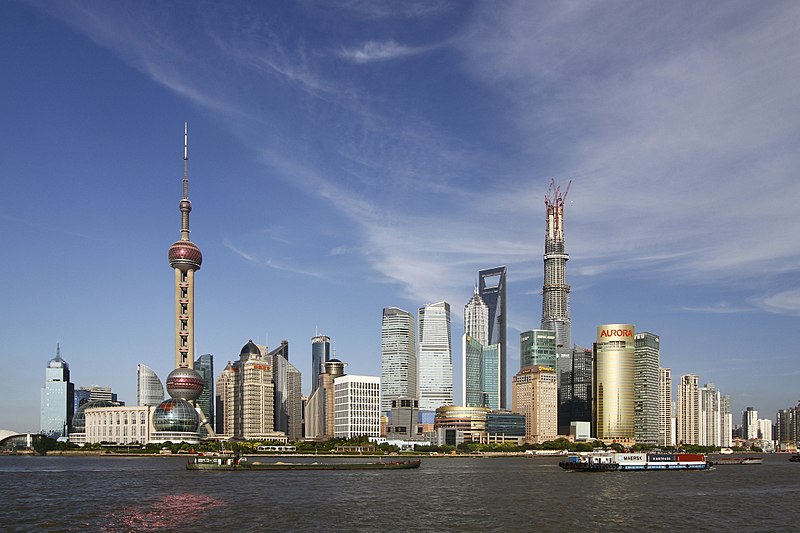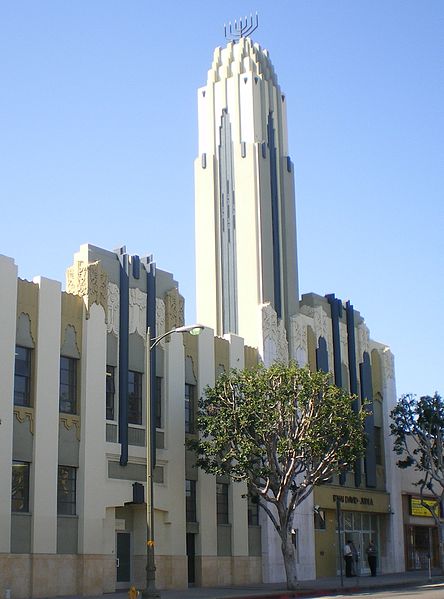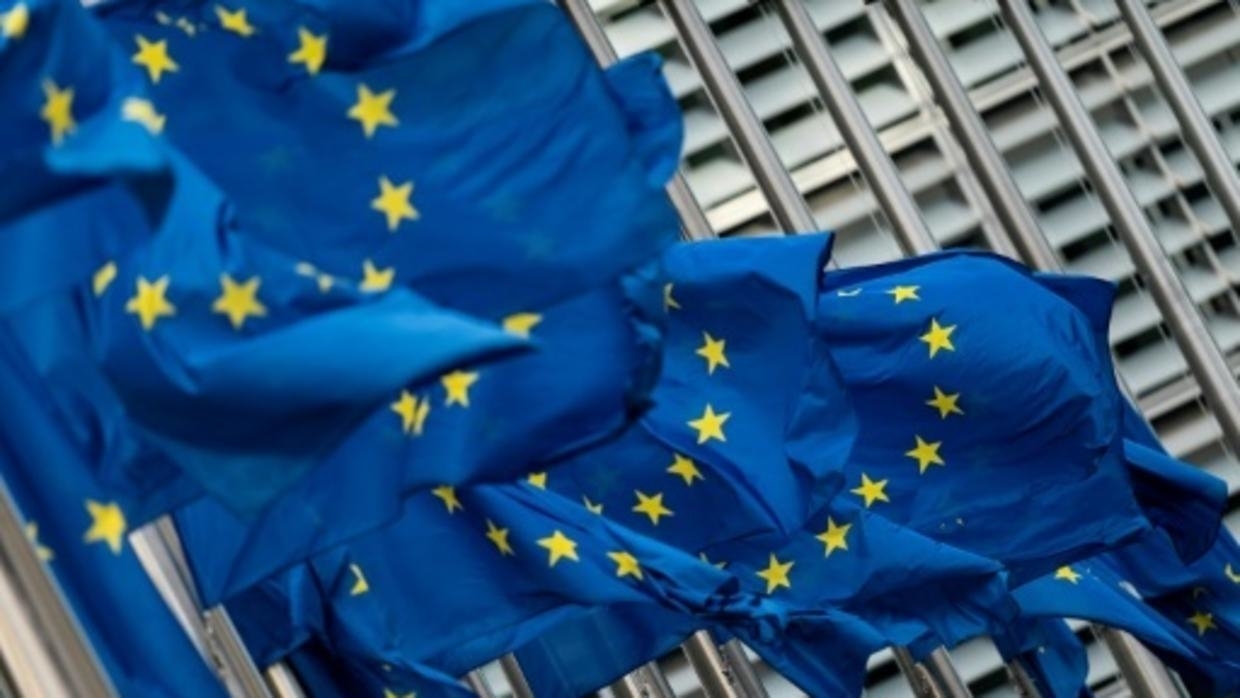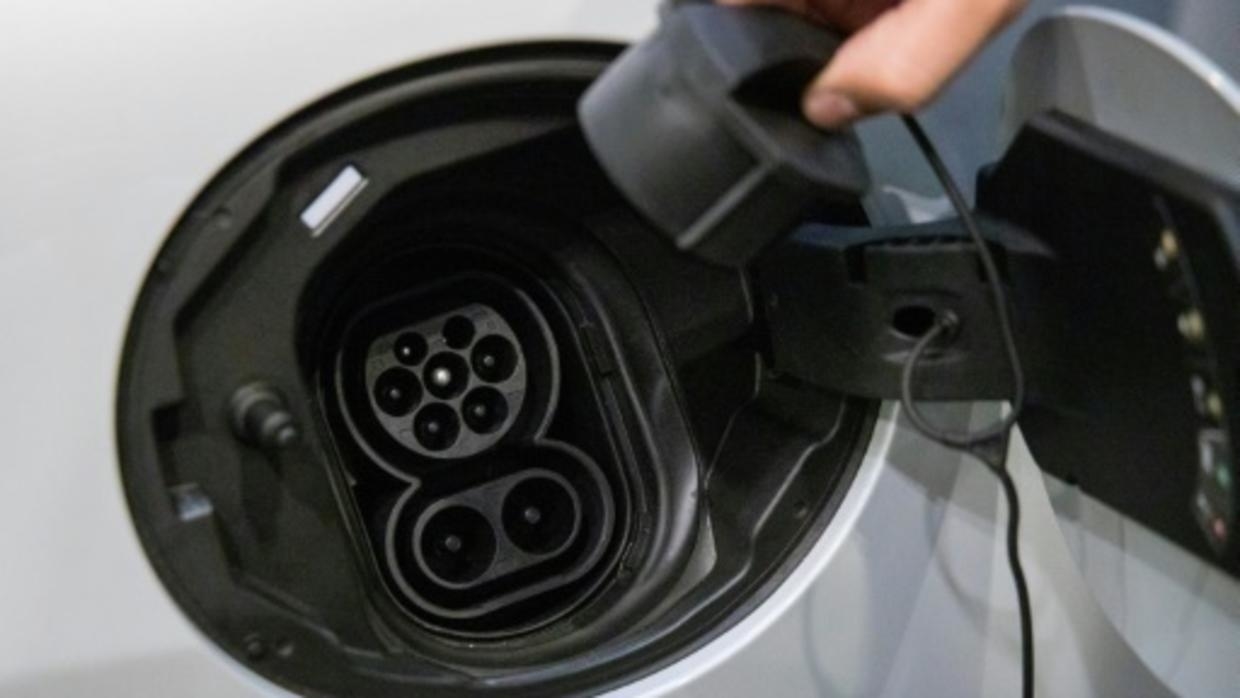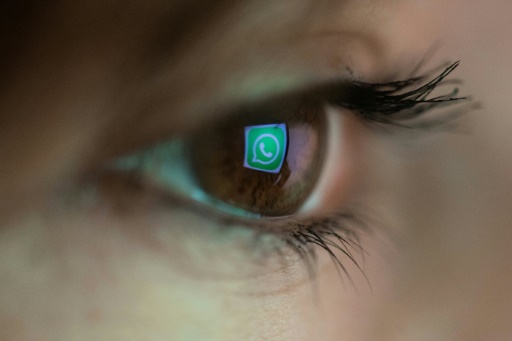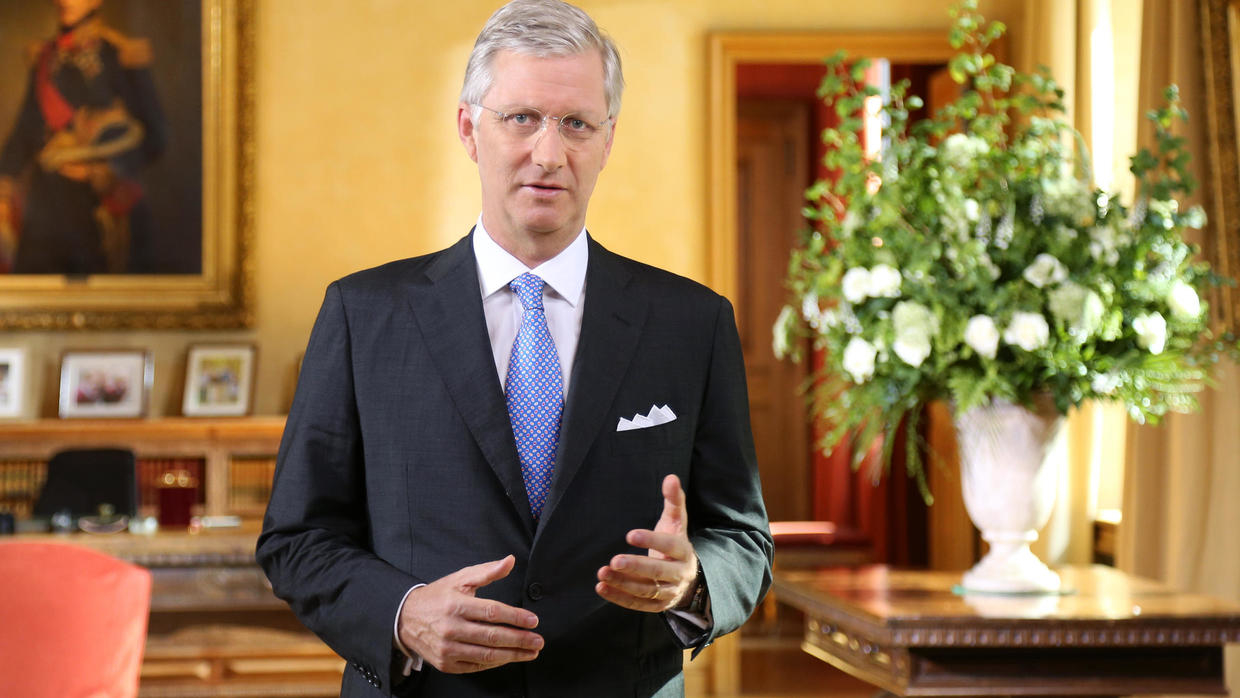"This was very exciting academically at the time ... but the world didn't know what to do with it," said Mark Verrall, co-head of research and development at Merck.
Reinitzer and Lehmann asked Merck to validate their findings. And Merck began producing the first liquid crystal solutions in 1904.
But without any obvious commercial uses, liquid crystals were gradually all but forgotten. Until, that is, the 1960s, when scientists in the United States started experimenting with their use in screens.
The liquid crystals used in today's consumer electronics are not made from carrots but synthetically produced using a number of chemical products.
In recent years they have become a highly profitable business, thanks to booming demand for them, particular from screenmakers in Asia.
"A lot of people thought there wouldn't be any application" for liquid crystals, said Inese Lowenstein, head of display materials at Merck.
They were used in pocket calculators and digital watches in the 1970s and then in Nintendo Game Boy consoles later on, but remained niche products and far from lucrative.
In one of Merck's official publications, former scientists told of the difficulties they encountered in securing funding for research into liquid crystals.
- 'LC Mafia' -
At the time, the handful of scientists working on research into liquid crystals were dubbed the "LC mafia" who felt as if they engaged in some sort of "bootleg topic, which initially had to be run under the counter," said one employee.
It was perhaps Merck's atypical shareholder structure that made possible the luxury of conducting such research.
The Merck family still holds around 70 percent of the group's capital and "as a family-owned company, they could do want they wanted," said Florian Cespedes, analyst at Societe Generale.
At the start of the 21st century, where cathode ray tube television sets died out to be replaced by flat screens, the company's bet started to finally pay off.
All the more so with the arrival of smartphones and tablets and the trend towards ever larger screens.
Merck's "performance materials" division, dominated by the liquid crystals business, accounts for around one fifth of group sales and a quarter of its profits.
Its strength helps to make up for the current weaknesses in the pharmaceuticals division, still Merck's core business, but which has failed to produce a major new blockbuster drug in more than 10 years.
And the profits are used to finance research in another fast-growing screen technology, OLED or organic light-emitting diode, which is currently used only in very high-end TV sets.
Merck "cannot afford to lose any ground" in this area, said Lowenstein.
In 2017, the first glass panes will be produced that can filter light using liquid crystals. But scientists insist the technology will not stop there.
"In five to 10 years, you're going to watch your holographic TV and wonder how anybody could put up with their flat screen TV," said R&D chief Verrall. AFP











